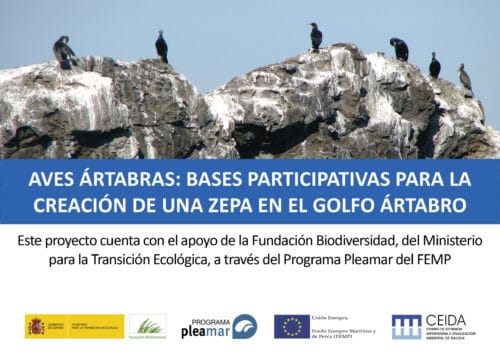Coastal Degradation and Its Impacts in Muara Gembong


Muara Gembong, situated within the boundaries of Bekasi Regency in the Indonesian province of West Java, is a coastal area that is confronted with a plethora of significant environmental challenges, primarily due to the extensive degradation of its coastal ecosystems. Spanning approximately 10,481.15 hectares, Muara Gembong has witnessed a significant decline in its mangrove forest cover, with only 1,028.64 hectares remaining at present. This significant reduction in mangrove coverage represents a loss of approximately 90% of the original mangrove area, which has profound implications for both the local ecosystem and the communities that depend on it for their livelihoods.
The changes in the extent of the mangrove forest in Muara Gembong have been the subject of documentation over a number of years, which has revealed a fluctuating trend. By way of illustration, the mangrove forest area was recorded at 708.6 hectares in 2009. This figure demonstrated a slight increase to 770.08 hectares in 2014 and subsequently rose to 985.85 hectares in 2019. However, despite these temporary recoveries, the long-term trend indicates significant degradation, primarily driven by land conversion for aquaculture and urban development. The persistent loss of mangroves undermines their critical role in coastal protection against erosion and serves as vital habitats for numerous marine species.
A number of interrelated factors are responsible for the ongoing degradation of coastal ecosystems in Muara Gembong. One of the principal factors contributing to this situation is the excessive conversion of land for the purposes of shrimp farming and residential development. This practice not only results in the destruction of mangrove habitats but also serves to exacerbate coastal erosion and increase vulnerability to tidal flooding. As mangrove areas diminish, the intrusion of seawater becomes more prevalent, leading to the degradation of soil quality and negatively impacting the quality of freshwater resources, which are essential for agricultural and drinking water supply.

Tidal flooding is a direct consequence of this environmental degradation. In Muara Gembong, tidal waters often inundate the area to depths of up to 70 cm, disrupting daily life for residents and causing significant damage to infrastructure. Furthermore, flooding also poses public health risks by introducing waste and pollutants into the environment. The combination of rising sea levels and increased flooding events has made the region increasingly susceptible to environmental hazards.
The waste management crisis in Muara Gembong serves to compound these environmental challenges. The daily generation of waste is estimated to be approximately 1,145 tons, with a significant proportion comprising organic materials and plastics. The situation is further exacerbated by the occurrence of tidal flooding, which carries waste from the sea onto land, thereby polluting the environment and complicating sanitation efforts. The accumulation of waste not only results in a deterioration of water quality but also poses a significant health risk to local communities.
In conclusion, the environmental conditions observed in Muara Gembong reflect significant challenges in the effective management of coastal natural resources. The interaction between mangrove loss, coastal erosion, tidal flooding and waste management gives rise to a complex network of challenges that have a severe impact on the health and economic stability of local communities. In order to address these challenges effectively, it is essential to implement collaborative initiatives involving government agencies, local communities and environmental organisations. These initiatives must prioritise the implementation of sustainable coastal management practices that focus on the restoration of ecosystems while balancing economic needs in order to ensure the long-term sustainability of both the environment and the livelihoods that depend on it.
To achieve this goal, it is of the utmost importance to implement integrated coastal zone management strategies that involve reforestation efforts aimed at restoring mangrove habitats while simultaneously promoting sustainable aquaculture practices that do not compromise the ecological integrity of the area. Furthermore, enhancing community awareness regarding waste management practices can significantly reduce pollution levels and improve overall environmental conditions. By fostering collaboration among stakeholders and prioritizing sustainable development goals, Muara Gembong can work towards reversing the trends of coastal degradation and ensuring a healthier future for its ecosystems and residents alike.


